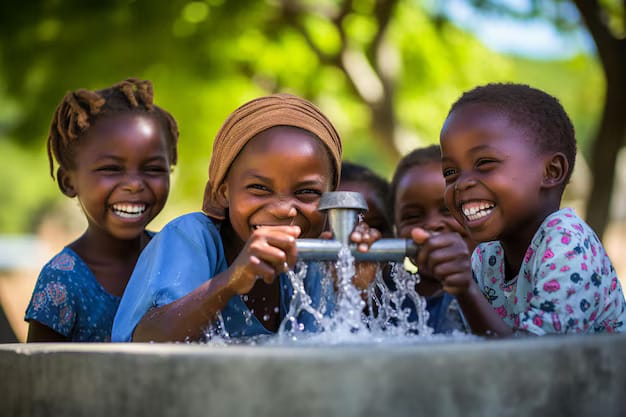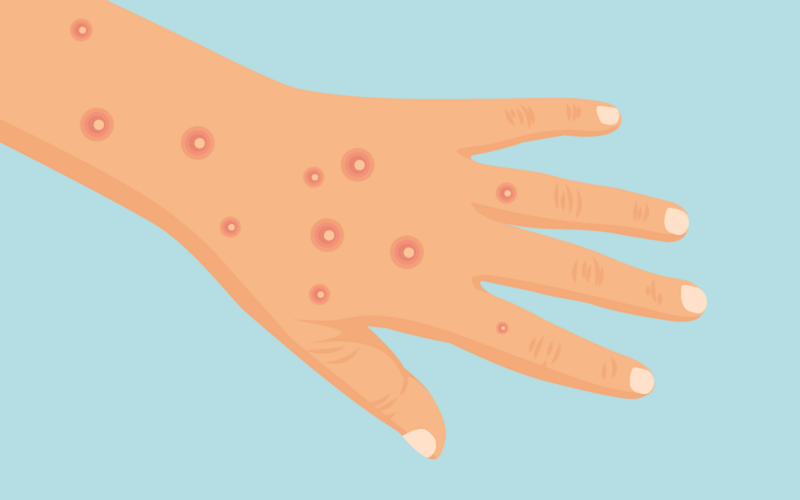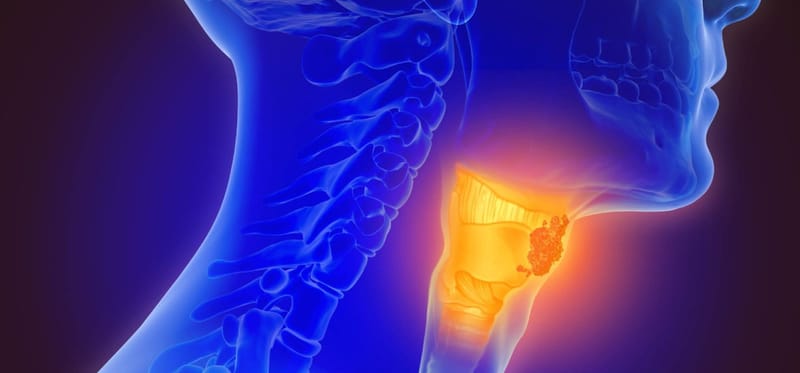Global Efforts to Map Safe Drinking Water Reveal Major Gaps in Low- and Middle-Income Countries
New research reveals that only one-third of the population in low- and middle-income countries has access to safely managed drinking water, with fecal contamination
A new study published in Science highlights the alarming lack of access to safe drinking water in low- and middle-income countries (LMICs), with more than two-thirds of the population still lacking access to safely managed drinking water services (SMDWS). The research, led by Esther E. Greenwood and her team, utilized geospatial modeling to estimate SMDWS use in 135 LMICs, uncovering significant challenges in achieving the United Nations' Sustainable Development Goal (SDG) 6.1, which aims for safe drinking water for all by 2030.
The study estimates that only 33% of the population in these countries had access to SMDWS in 2020, with fecal contamination being the primary limiting factor for almost half of the population. The researchers combined existing household survey data with global geospatial datasets to fill data gaps, revealing that the number of people lacking access to safe water might be twice as high as previously reported by the World Health Organization (WHO) and UNICEF.
Geospatial data revealed that Southern Asia, sub-Saharan Africa, and Eastern Asia are the most affected regions, with sub-Saharan Africa showing some of the lowest rates of SMDWS use. In 12 sub-Saharan African countries, less than 10% of the populations had access to SMDWS, and in 89 subnational regions, this figure dropped to less than 5%.
The study also shed light on the critical environmental and socioeconomic factors influencing safe drinking water access. It identified low urban development and population density as key human factors associated with lower SMDWS use, while environmental factors such as annual precipitation and temperature played significant roles in predicting water quality and availability.
Despite the significant progress made in some areas, the study emphasizes the need for major investments to improve water infrastructure and accessibility, especially in regions where people still rely on distant water sources. The researchers call for a more comprehensive global monitoring system and suggest that Earth observation data could be instrumental in closing the current data gaps.
The findings serve as a stark reminder of the global challenges in ensuring safe drinking water access and the critical need for targeted interventions to meet the basic human right to safe water.






